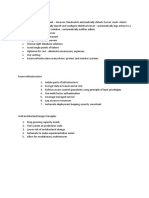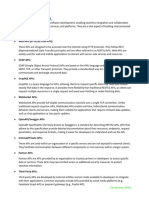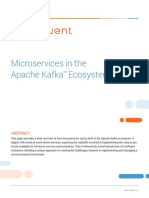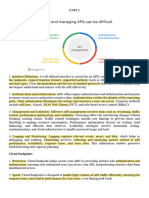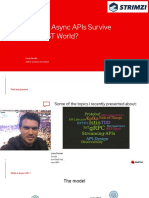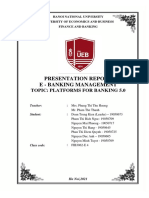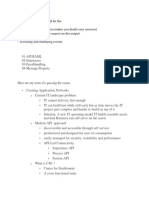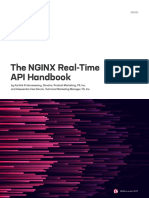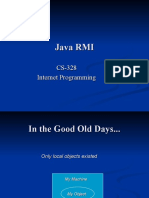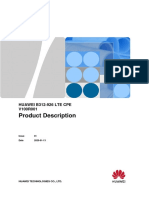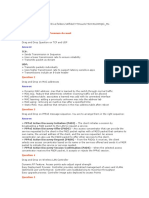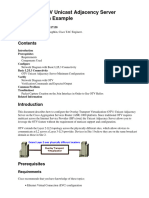0% found this document useful (0 votes)
9 views5 pagesChannel Gateway Technology
Channel Gateway technologies are essential middleware components that facilitate reliable and secure data exchange between applications in banking and payment systems. The three primary types are Message Queuing (MQ), Apache Kafka for event streaming, and API Gateways, each serving distinct purposes in handling messaging, real-time data processing, and API management. These technologies are increasingly integrated to enhance flexibility, resilience, and compliance in modern payment ecosystems.
Uploaded by
itohowo charlesCopyright
© © All Rights Reserved
We take content rights seriously. If you suspect this is your content, claim it here.
Available Formats
Download as DOCX, PDF, TXT or read online on Scribd
0% found this document useful (0 votes)
9 views5 pagesChannel Gateway Technology
Channel Gateway technologies are essential middleware components that facilitate reliable and secure data exchange between applications in banking and payment systems. The three primary types are Message Queuing (MQ), Apache Kafka for event streaming, and API Gateways, each serving distinct purposes in handling messaging, real-time data processing, and API management. These technologies are increasingly integrated to enhance flexibility, resilience, and compliance in modern payment ecosystems.
Uploaded by
itohowo charlesCopyright
© © All Rights Reserved
We take content rights seriously. If you suspect this is your content, claim it here.
Available Formats
Download as DOCX, PDF, TXT or read online on Scribd
/ 5





